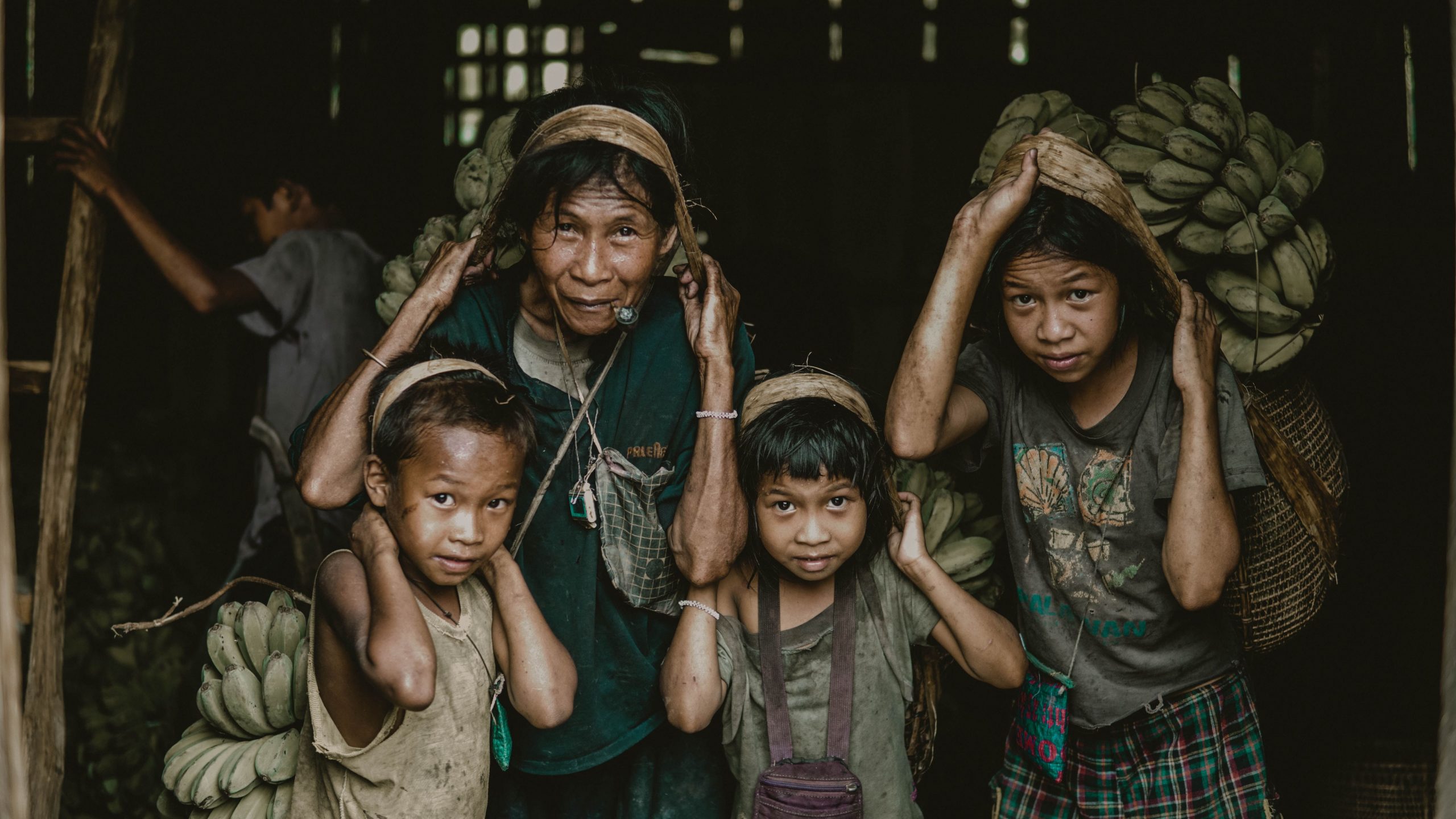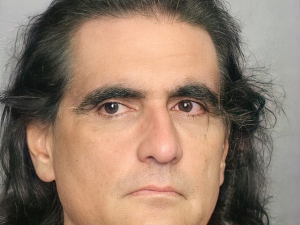World Day Against Child Labour, observed on June 12 annually, is an International Labour Organization (ILO)-sanctioned holiday that is marked with a different theme each year.
History and significance:
The day, which was first observed in 2002, is intended to raise awareness about and bring together people in the fight against child labour, which remains frightfully commonplace even today.
Also read | In six months, Sri Lanka needs $5 billion for essentials: PM Ranil Wickremesinghe
According to ILO data, hundreds of millions of children are engaged in child labour globally: according a joint report by the ILO and UNICEF, global child labour increased by 8.4 million between 2016 and 2020, taking the global total to 160 million, accounting for almost one in 10 children worldwide.
The COVID-19 pandemic, among other things, is expected to exacerbate the problem even further, with the report projecting that as many as 9 million additional children could be forced into child labour by the end of 2022.
Also read | United States, Europe urge Russia to end sexual violence by its army in Ukraine war
Theme:
The theme for the 2022 edition of the World Day Against Child Labour is ‘Universal Social Protection to End Child Labour’.
According to the UN, “The 2022 theme of the world day calls for increased investment in social protection systems and schemes to establish solid social protection floors and protect children from child labour.”
Also read | World Environment Day 2022: Theme, history and significance
The theme highlights the importance of government social protection systems to help families through times of crisis, in the absence of which impoverished families often resort to the use of child labour to generate additional income.
However, as the UN observes, “as of 2020 and before the COVID-19 crisis took hold, only 46.9 per cent of the global population were effectively covered by at least one social protection benefit while the remaining 53.1 per cent – as many as 4.1 billion people – were left wholly unprotected. Coverage for children is even lower. Nearly three quarters of children, 1.5 billion, lacked social protection.”







